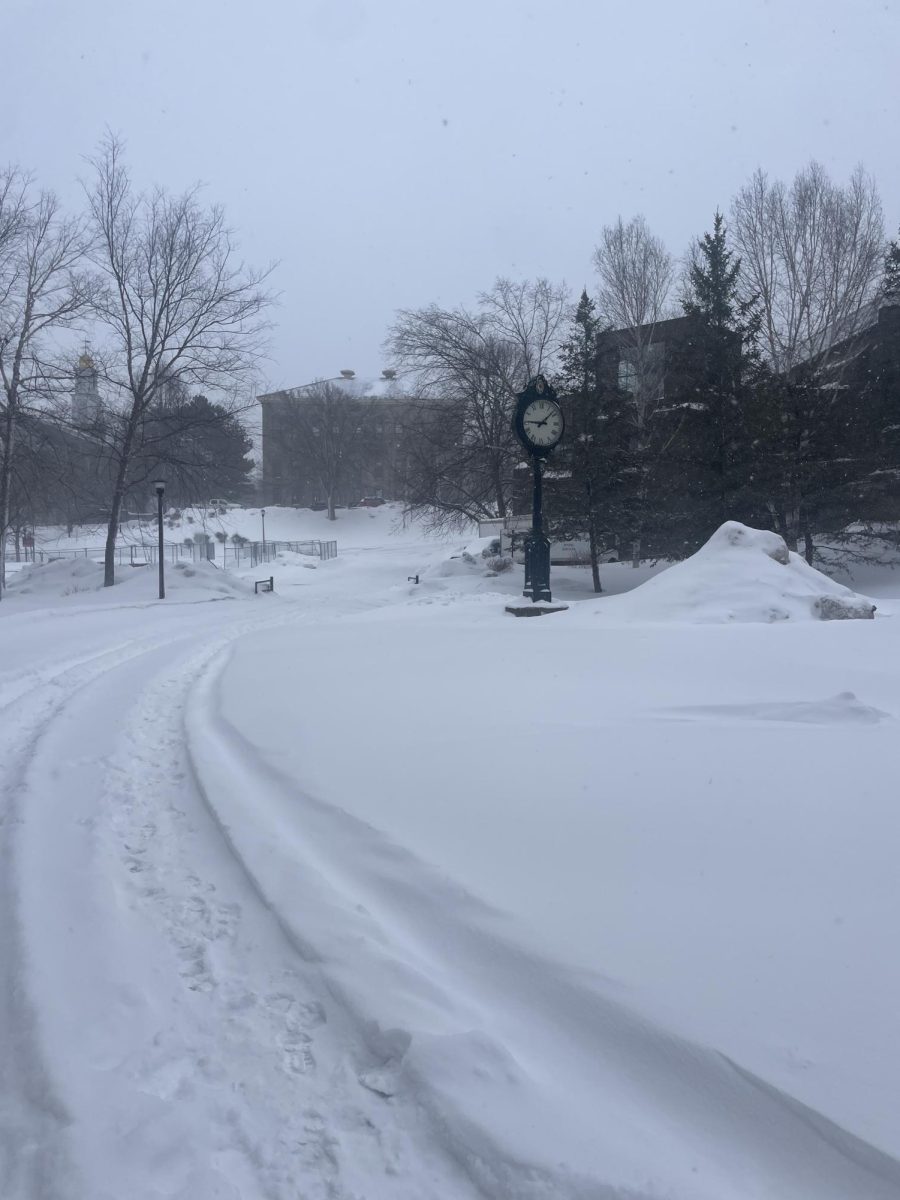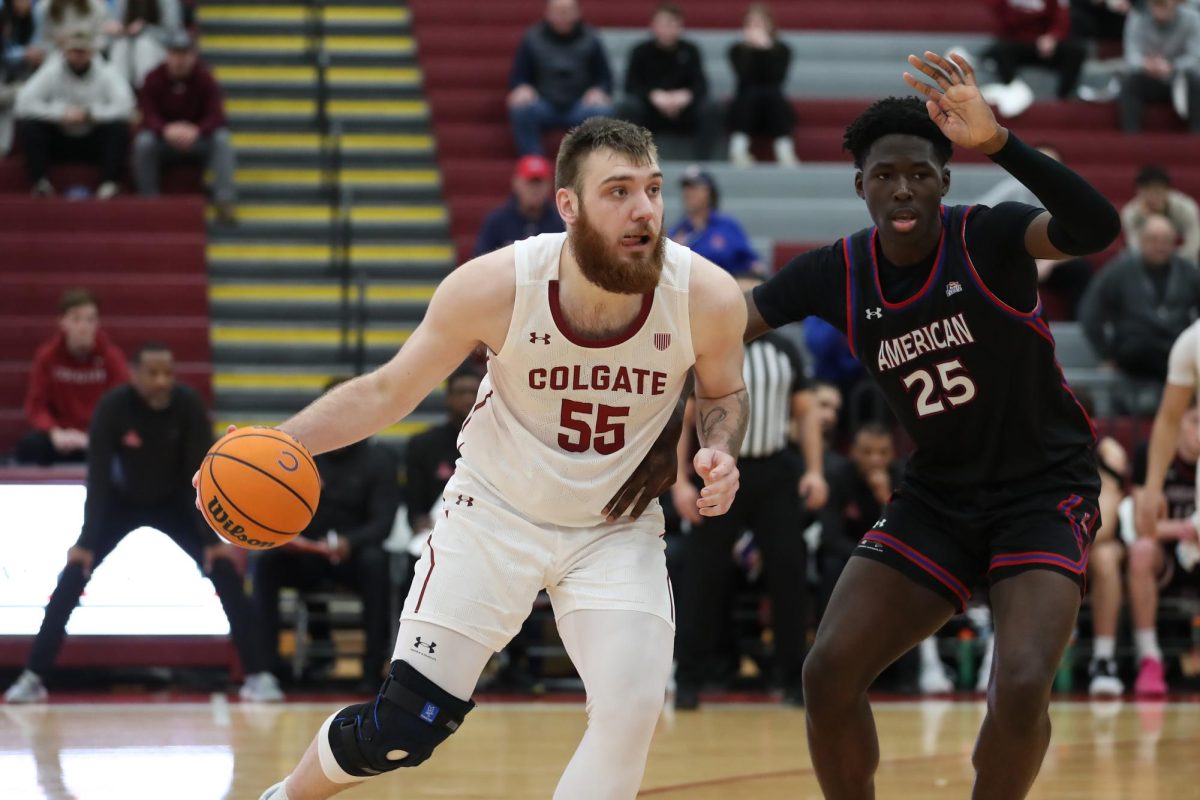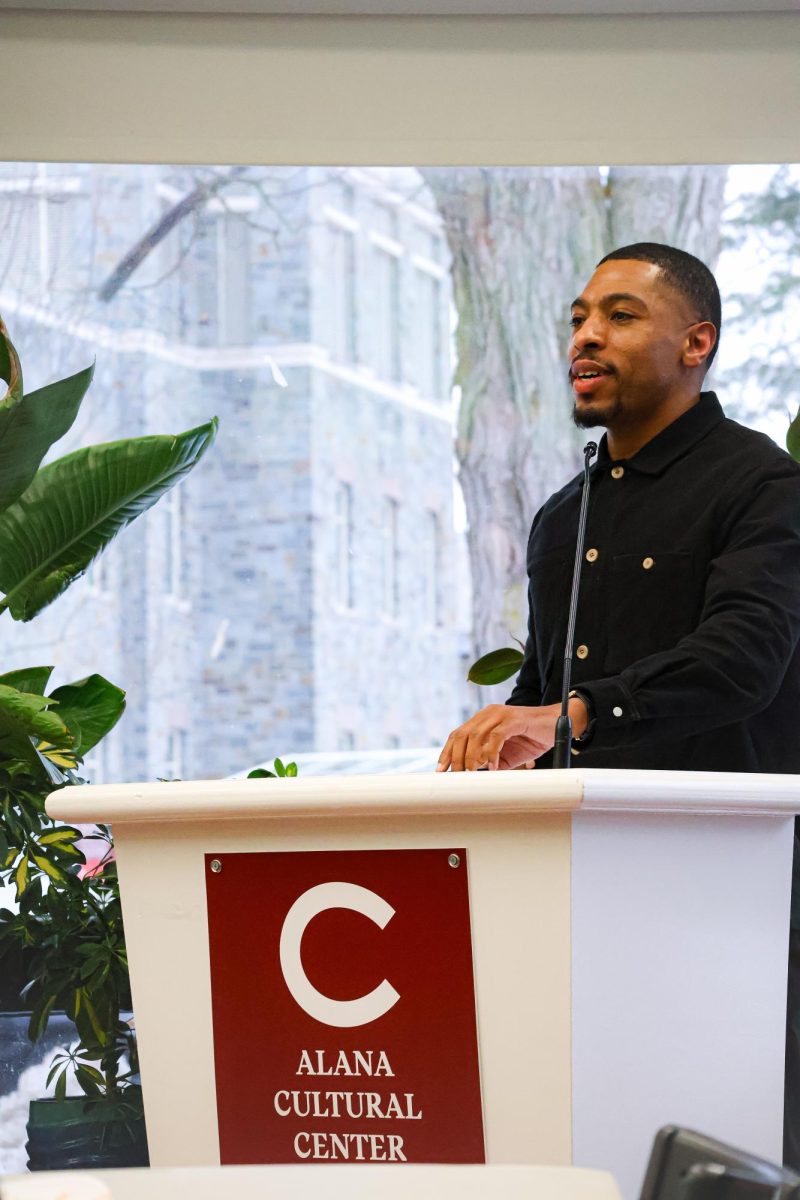Many students, faculty and staff awoke early Monday, Feb. 17 to a phone call from the Colgate University Weather Decision Group announcing a full campus closure — including classes and in-person events throughout the day. For current students, this announcement marked the first time during an academic year when all regularly scheduled classes throughout the day were canceled.
According to an email notification sent to announce the closure, the decision was made due to high winds, potentially dangerous driving conditions and blowing snow. Director of Environmental Health and Safety Mary Williams is part of the Weather Decision Group, which decides how the weather may impact daily campus operations.
“Employees are continually monitoring the weather, and the Weather Decision Group meets when a weather event looks like it could be significant enough to change our operating status,” Williams said.
Williams and her team look for three main factors when deciding when to close campus.
“The factors considered depend on the circumstances of the storm, but, at a minimum, the Weather Decision Group considers how significant the expected impacts of the severe weather event are, the timing of the storm’s impacts — will roads be cleared, parking available and buildings accessible by the time most employees arrive — and whether employees can get to campus.”
Williams also spoke about the magnitude of these decisions, which rely on University policy.
“Decisions to close or delay are taken very seriously,” Williams said. “To pull from the Emergency Closing Policy, ‘The University will make every effort to provide essential services to residential students and campers, even in cases of extreme adverse weather or other emergencies. Therefore, the University will almost always remain open.’”
Professor of Geography and Chair of the Department of Geography William Meyer shared his thoughts on how the weather in the upstate New York area affects travel and University closures.
“I would argue that these are the kinds of winters we have always had,” Meyer said. “I would say what matters more is how societies have changed. The same kind of winter can have different effects. An example I like to use in class is that 150 years ago, snow was actually an advantage for transportation in this part of the world. A low-friction surface like snow was actually much better for driving. Snow is still the same thing it used to be, but it has gone from being an advantage for transportation to being a disadvantage.”
Meyer also commented on how changing climate and cultural patterns might affect campus future closures.
“There are some changes that will make [the impact of the weather] less severe, and some that will make it more severe,” Meyer said. “Long commutes will make it more of a problem than it used to be. Zoom, on the other hand, makes it less of a problem because you do not have to be in the same physical space together. Both of those things are going to have an impact on how climate affects people in the future. Whether the weather will be more of a problem or less will depend on the balance of these changes.”
On climate and the future, Williams also shared how technological breakthroughs relating to weather might help mitigate the disruption caused by climate-related closures. Nowadays, he said, the University is less likely to be taken by surprise.
“In 2019, we were able to partner with our contracted weather service, WeatherSentry, to install a weather station at Colgate,” Williams said. “That local data has helped improve confidence in the forecasts for campus. In 2023, we became a National Weather Service StormReady campus, recognizing a strong partnership with the Binghamton NWS offices. The NWS has a good rhythm in place for severe weather events, with public briefings, storm-specific webinars, dedicated monitoring for large campus events and frequent updates to eligible partners, thus improving infrastructure and systems needed to save lives.”
First-year Grant Ricks spoke briefly about how infrastructure in urban or rural areas might also impact climate-related closures.
“Most urban areas have infrastructure that caters towards cars and other automobiles — this means a lot of flat, asphalt roads which are vulnerable to ice and snow cover,” Ricks said. “In a large urban space that is not ‘walkable,’ this means people can’t safely use transportation and therefore can’t get to work or school. Suburbanization — people moving out from cities to lower density fringe areas — has also made snow a problem, because there’s a larger amount of area to cover for the same amount of people.”
The Feb. 17 closure followed two delayed openings in the Spring 2025 semester, the first on Jan. 25 and the second on Feb. 6, both communicated to the Colgate community via the Weather Decision Group.
Junior Aayusha Dhungana spoke about her first full-day cancelation in her three years at Colgate. Dhungana emphasized her desire for more frequent campus closures, highlighting the severity of the weather conditions.
“I slipped multiple times on the way down the 113 slope,” Dhungana said. “I believe starting the day late does not make a difference because it is quite cold throughout the day. With the wind blowing in the students’ faces and the snow causing frequent slips, I think the school should consider shutting down more frequently for the well-being of the students.”
















